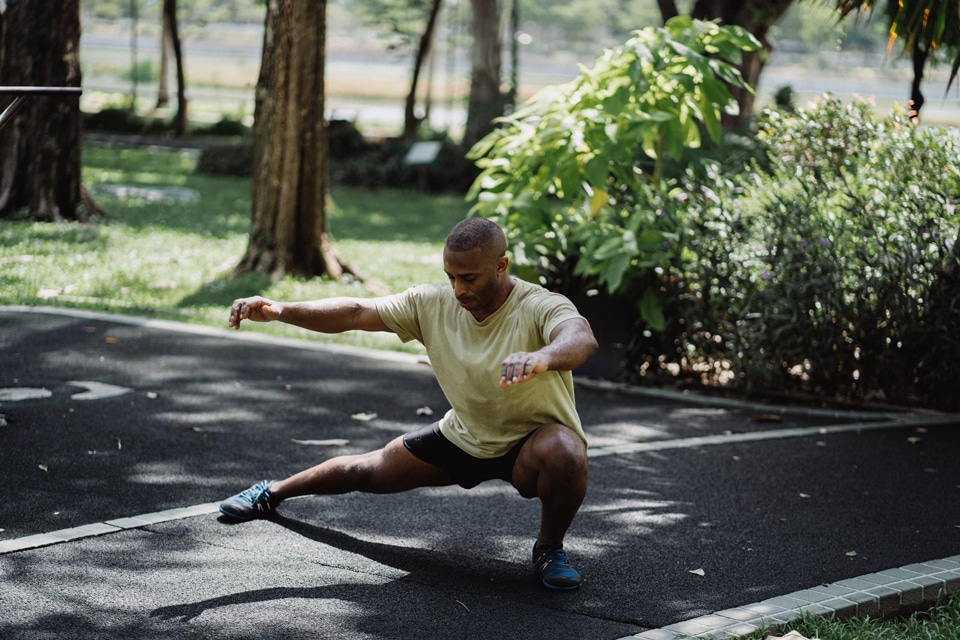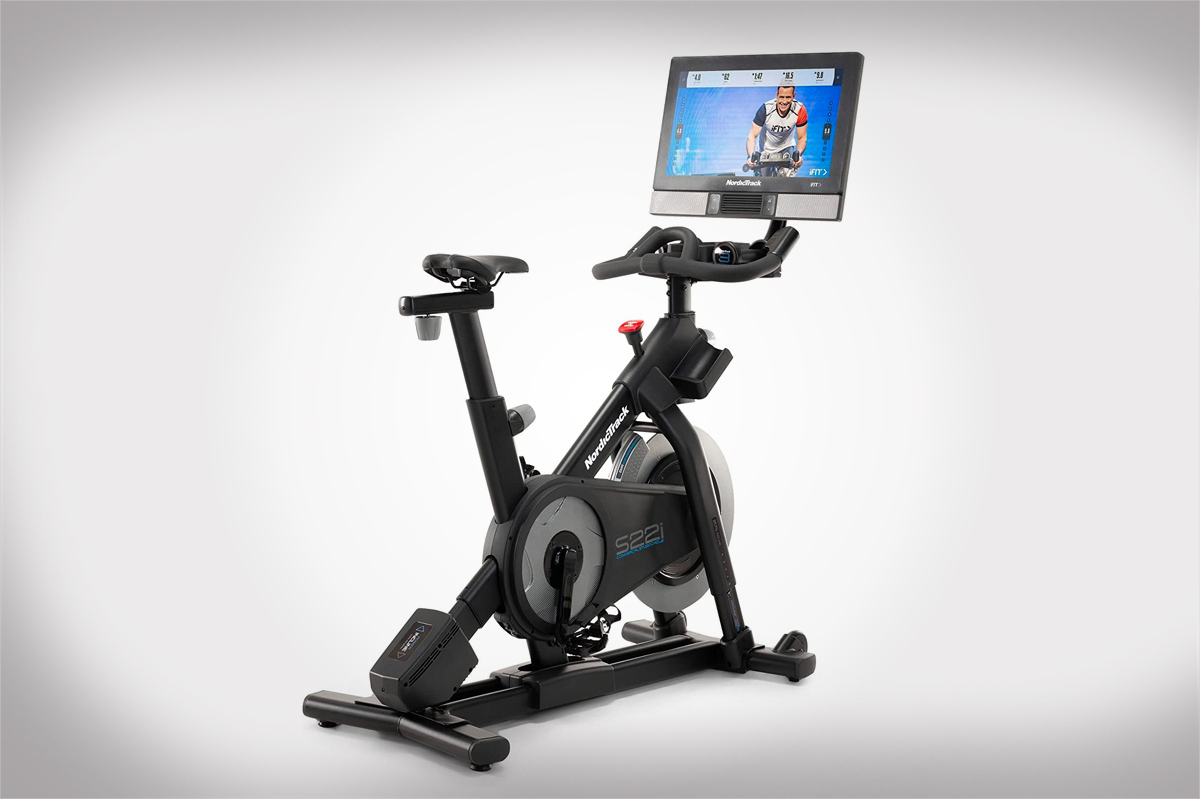7 minute read
It can be extremely frustrating when pain strikes and it prevents you from being able to complete all of the activities and tasks that you enjoy and do regularly.
You may have recently made changes to become more active within your home city or have a long-standing history with exercise and being healthy. You may be itching to get back to your living your life. But injuries are no joke and it is important that you don’t rush back into them full pelt.
The best action is to take things slowly. Ask yourself would you rather take it slow and build back to being able to run a marathon or hit the gym hard, than risk further injury or additional delays? Or does it seem more appealing to jump straight back into your high-intensity exercise routine and cause more damage, increased pain, and a long road to recovery?
Before starting back with any form of exercise it is important to listen to your body and assess how it feels. Trust your instincts. Your body will be able to tell you when you are ready and able to get back to doing certain tasks or things and when your body is reaching its limit or has done too much.
There are many factors that will influence and have an impact on when you are able to return back to exercise. These include aspects such as your age, how long you have had and suffered from your injury, along with the steps you take to get back to completing physical activities safely.
With this, all in mind here are some tips to help guide you back to being active and doing this in a safe way.
Take It Slowly
There is a school of thought in the medical field that suggests that the time for recovery should be at least twice as long as the time your injury kept you out. For example, if your knee injury has taken one week to recover, you should be planning and intending to take at least two weeks in order to get back to where you were pre-injury.
The reason for this is that when you are unable to not exercise or participate in sporting events there is more than the injured area that is affected. Not only does that certain part of your body need time to recover, but after any ‘break’ you will find your strength will decrease, you will lose some stamina along with your coordination and flexibility across your whole body.
Without reconditioning your body to get back into exercise, you may find yourself adjusting your movements to compensate for your painful areas or weaker areas and this is how further injuries are caused to a different body area. For example, is that if your right knee was injured you apply more weight to your left and by doing so risk injuring this side.
Set Small Goals
With any journey, it is all about taking one step at a time. So when starting back with exercise you want to take small steps and go gradually with the overall aim that you will slowly get back to your ‘normal’. Starting with light exercises such as walking stretches and strength training is a great place to start, as it allows you to rebuild your muscle strength, increase and regain your flexibility and become strong and gain back your full range of motion. There are many different activities that can be used to support this such as yoga and pilates. With building your strength back it is important that you don’t overdo it. Start with light weights or resistance bands. This will help and support you in increasing your strength without applying to much strain to your body, then over time, you will be able to increase and move your way up the weights.
As your body gets used to being more mobile again and you are building up your strength you can then gradually build other activities into your routine. Again it is important that you continue to take small steps and gradually build up. For example, if you play pickleball you may choose to use lightweight pickleball paddles to reduce the stress on your elbow and arm.
Remember Pain Is Pain
You have probably heard the motto ‘no pain, no gain’, but when it comes to recovering from an injury this does not apply and could not be further from the truth. Previously you may have enjoyed the physical and mental challenges of pushing past discomfort when exercising, but when post-injury, this is not the right time to push through it.
Your body sending pain signals to your brain is your body’s way of indicating that you have done too much or pushed yourself too far. Listen to this.
Before jumping back into doing any exercise it is important to take the time and listen to what your body is saying. If your knee is hurting walking up the stairs, it is going to hurt if you go on a hike or run a marathon. It is important that you have no pain when you are completing your normal daily activities and have regained a full range of motion before going and loading and applying strain to the join or joint once more.
Similarly, if a couple of days after completing exercise you are still feeling discomfort, or you pushed through the pain to complete your activity, you have done too much. This is now the time to cut back and reign in your effort.
Taking the time to let your body rest and recover is just as important to your recovery journey as a re-introducing exercise to your life. By allowing your body to recover will allow you to get back into your active lifestyle safely.
Eat Well And Keep Hydrated
In order to get the most from your recovery journey and to be able to become active once more it is key, that you are eating well and ensuring that you are keeping yourself and your body hydrated.
The food you eat plays a vital role in your body’s healing process. The right foods ensure that you are providing your body with all of the required nutrition and vitamins that are needed to help rebuild and strengthen your joints and bones once more. To support this further, you will want to keep away from any alcohol and high processed junk foods and aim to be eating wholesome natural foods.
It doesn’t matter if you are a serious athlete, really into daily exercise or just doing enough to keep your mind and body healthy, it is important that you are remaining hydrated. Having good hydration means that you are ensuring that you have the right amount of water before, during, and after completing any exercise.
This is vital for your body and its recovery, as water regulates your body’s core temperature, as well as keeping your joints lubricated and moving well. It is also key in ensuring that you are transporting all of the nutrients around your body which provides you with energy and keeps you healthy.
Without keeping hydrated and consuming the daily required levels of water you will find that your body wont be able to perform at its optimum level and you may find yourself experiencing side effects such as feeling tired, finding your muscles cramping more, experiencing dizziness or dizzy spells.
Along with these benefits, when you are taking on any activity, it is important that you drink water to prevent dehydration and the risk to further health issues.






